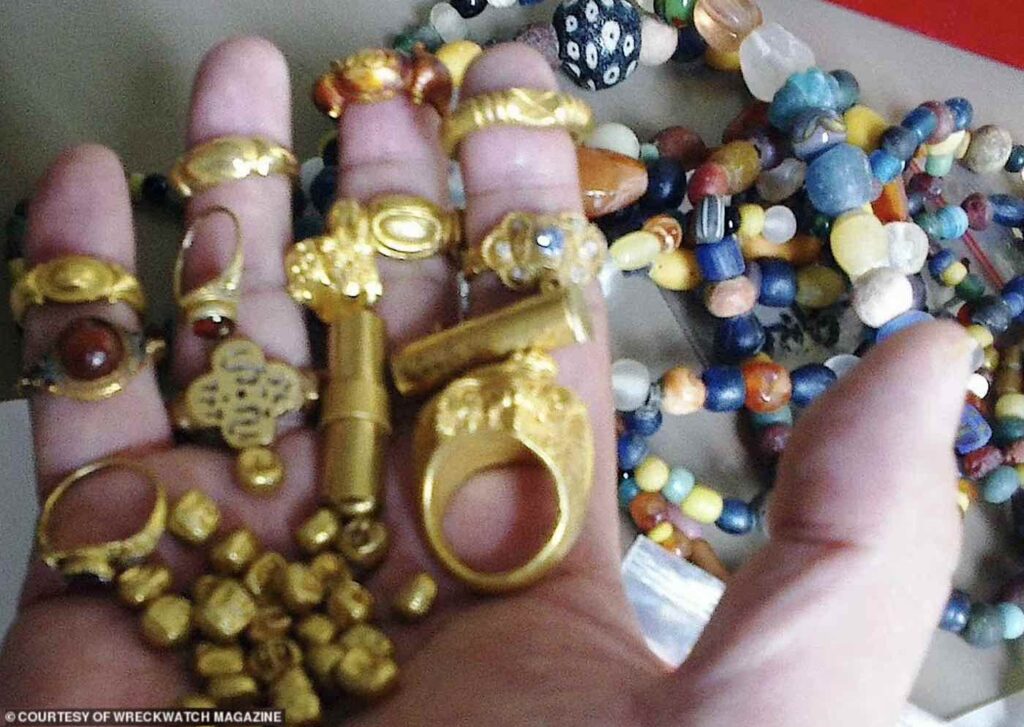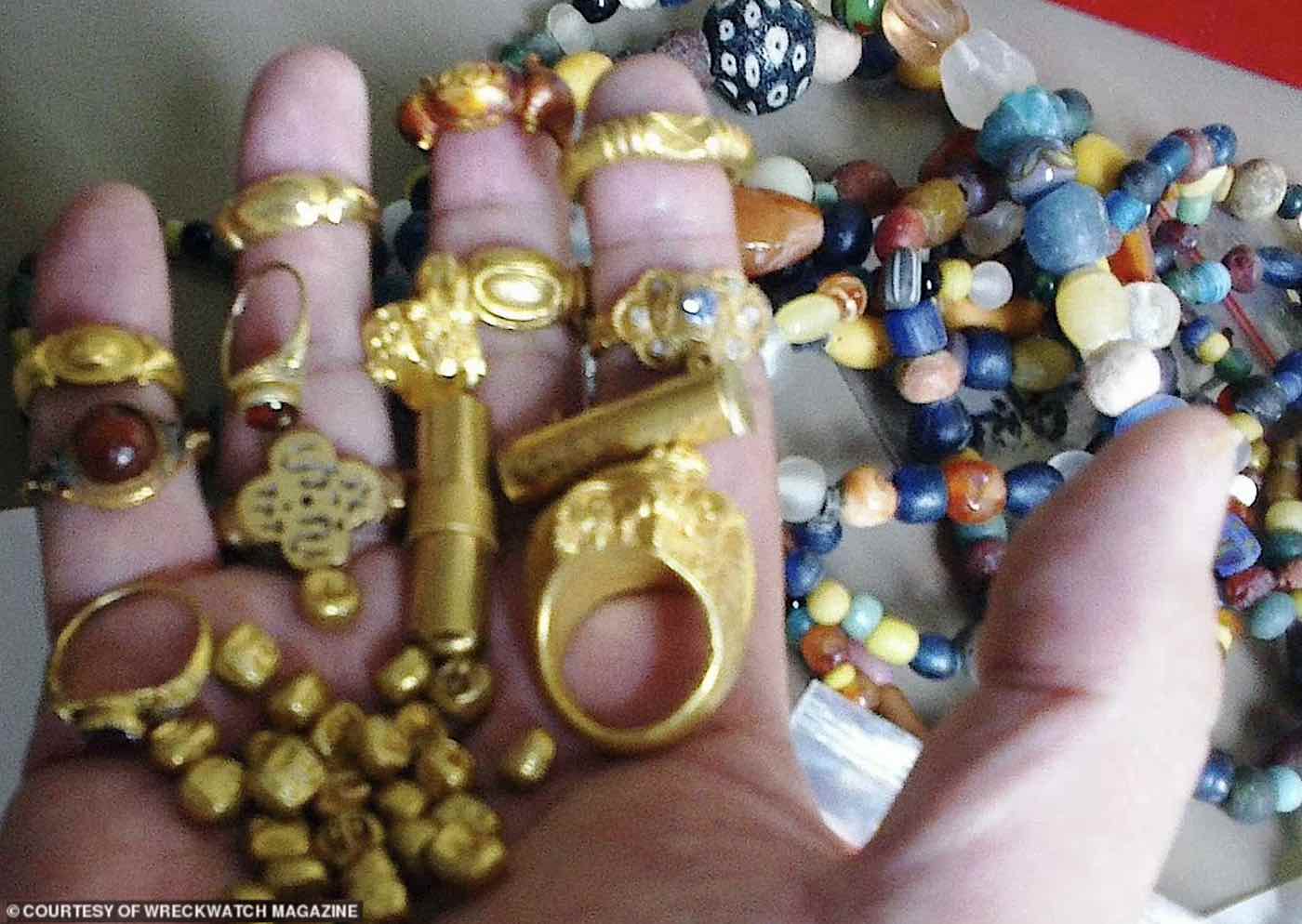Nighttime divers on the Musi River in Indonesia are beginning to fish out fistfuls of gold, gems, and other treasures from the mud—and it might be the site of a fabled kingdom known in the 8th century as the ‘Island of Gold’.

Dr. Sean Kingsley, a British maritime archaeologist, suspects the finds, such as a ruby-studded life-size golden Buddha worth millions, represent the gradual-rediscovery of a lost merchant palace city from the kingdom of Svirijaya, which ruled the trade routes in large parts of Indonesia for 400 years.
Situated around the town of Palembang, sometimes called “Venice of the East,” the palace city would have sat on a major artery of the maritime version of the Silk Road, and like its terrestrial counterparts in the cities of Qashqar, or Tashkent, would have bustled in its heyday with people of every faith and skin color.
Earlier diving expeditions conducted by Australian archaeologists have recovered pristine collections of ceramics preserved in the mud of the river, representing a staggering number of cultures—including every major Medieval power in Asia, and even the Dutch, British and Portuguese.
But now the treasures coming from the Musi River have a more legendary quality: Dr. Kingsley picks up the narrative when he spoke with Dalya Alberge at The Guardian about his upcoming presentation on the lost city in Wreckwatch Magazine.
“From the shallows have surfaced glittering gold and jewels befitting this richest of kingdoms – everything from tools of trade and weapons of war to relics of religion. From the lost temples and places of worship have appeared bronze and gold Buddhist figurines, bronze temple door-knockers bearing the demonic face of Kala, in Hindu legend the mythical head of Rahu who churned the oceans to make an elixir of immortality. Bronze monks’ bells and gold ceremonial rings are studded with rubies and adorned with four-pronged golden vajra scepters, the Hindu symbol for the thunderbolt, the deity’s weapon of choice.”
RELATED: See All the Treasure Hunting Good News in the Last Decades in the GNN Archive
“Exquisite gold sword handles would have graced the sides of royal courtesans, while bronze mirrors and hundreds of gold rings, many stamped with enigmatic letters, figures and symbols, earrings and gold necklace beads resurrect the splendor of a merchant aristocracy going about its daily dealings, stamping shipping manifests, in the palace complex.”
The image is of a city on wooden silts yet covered in golden decorations, floating on the river like a solid gold water lily. All around would have been hundreds of boats piled with luxury goods of every description, piloted by traders as from as far west as Turkey, and as far north as Korea. It would have been as stunning a sight to see as the great tent cities of the Mongol Empire.
Its disappearance isn’t detailed in any histories, or known by archaeology. The prevalence of volcanic activity in Indonesia could offer a Pompeii-like explanation, while it’s also possible that riverine activity could have swallowed the city up during a flood or mud slide.
LOOK: First Time a 10-Year-old Boy Uses His Birthday Metal Detector, He Unearths a Centuries-Old Sword
Kingsley hopes an official, wide-scale excavation will begin immediately.
SEND This Treasure to All Your Gold Seeking Friends on Social Media…




















